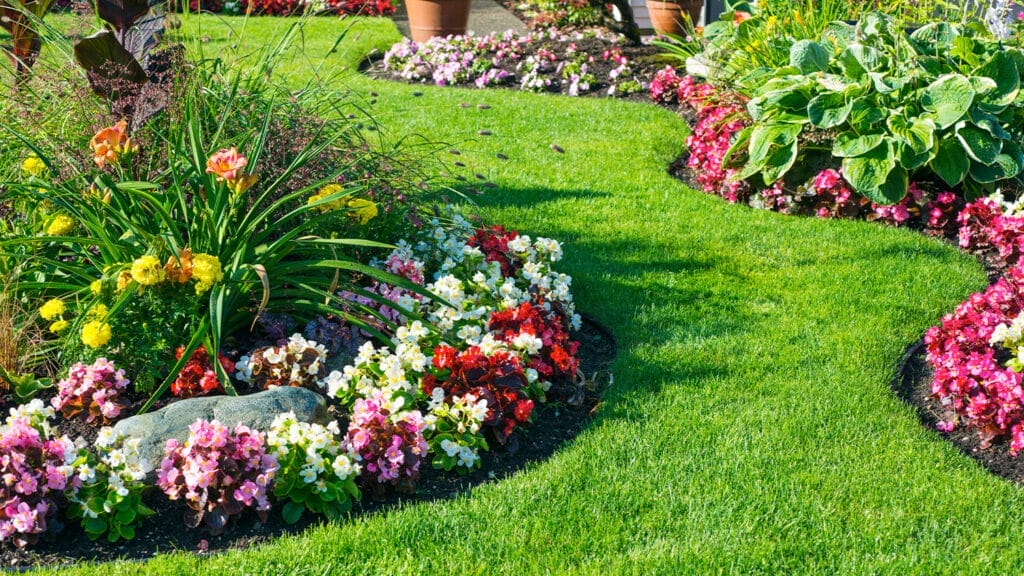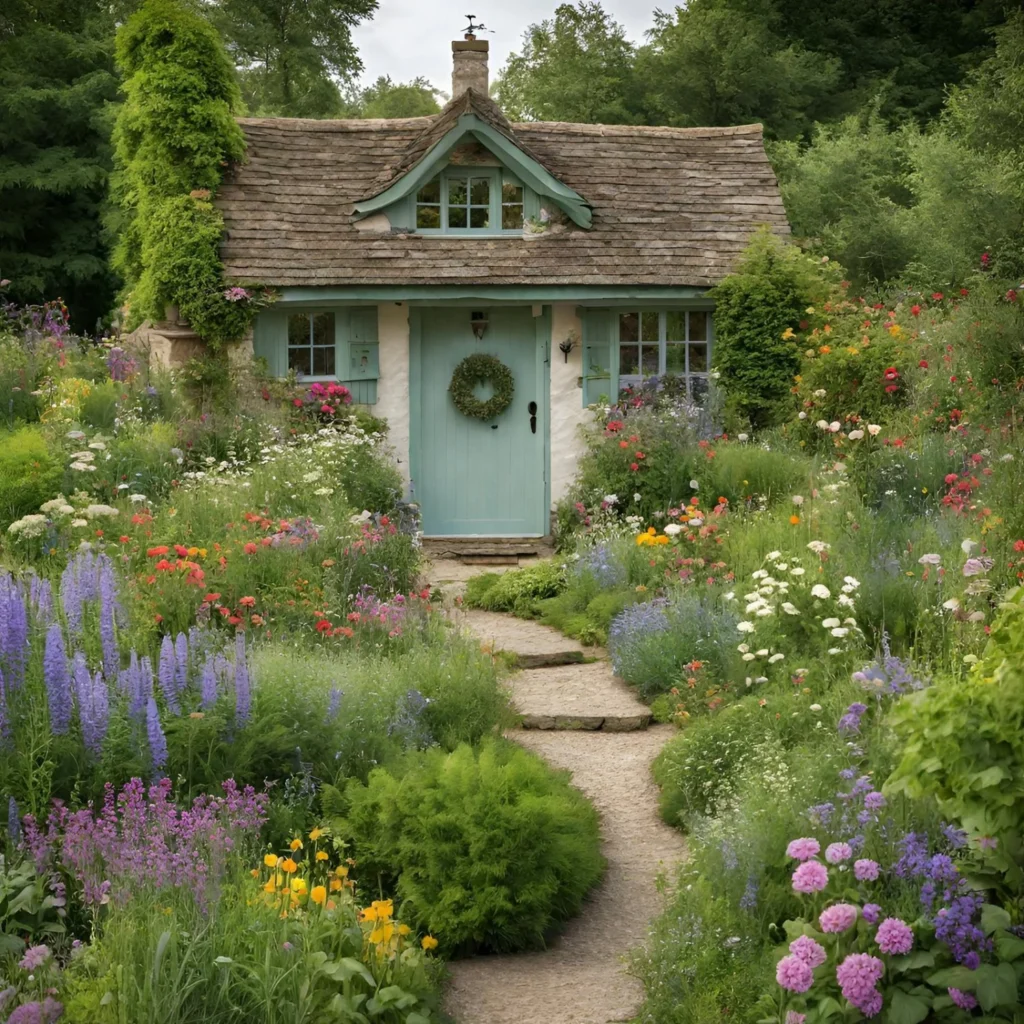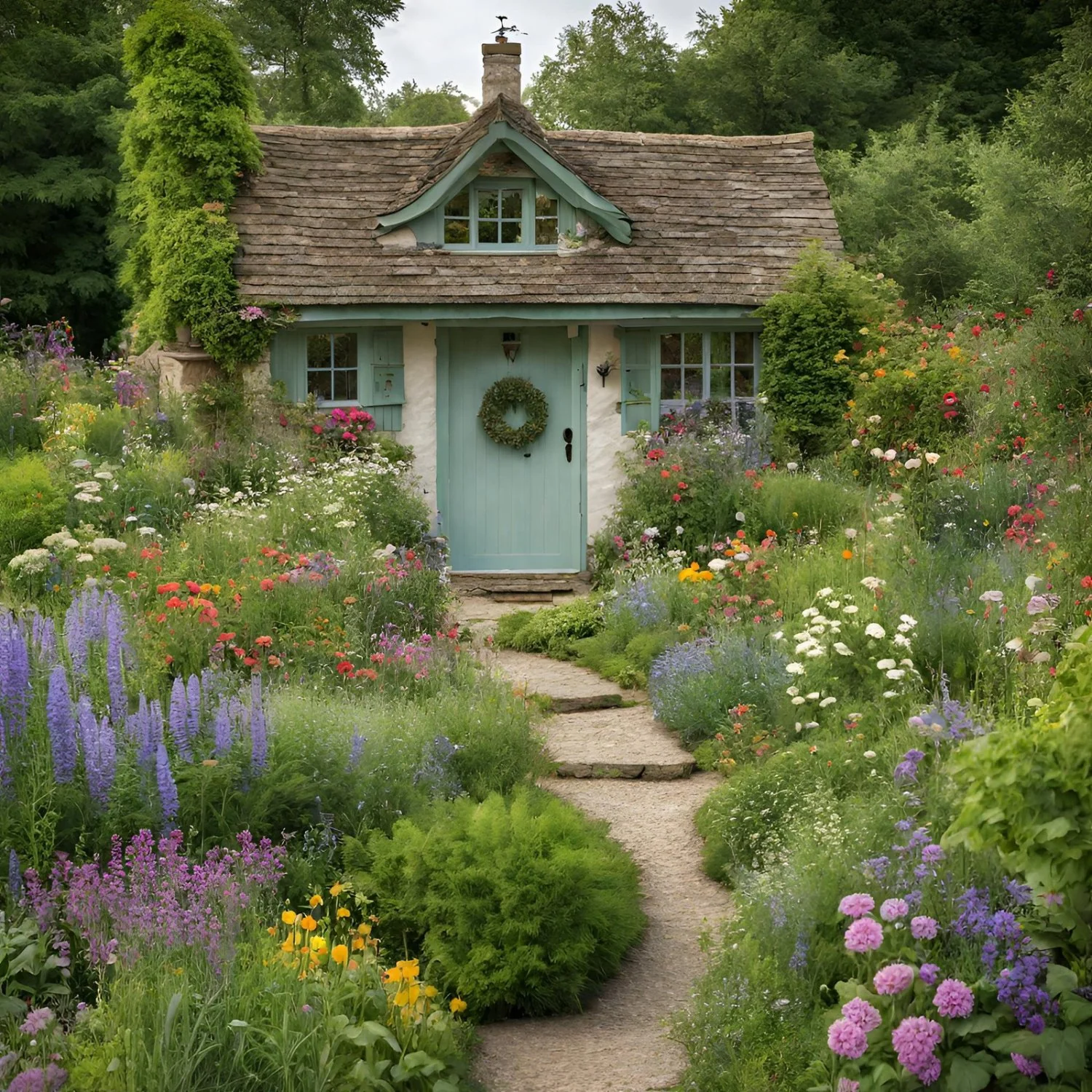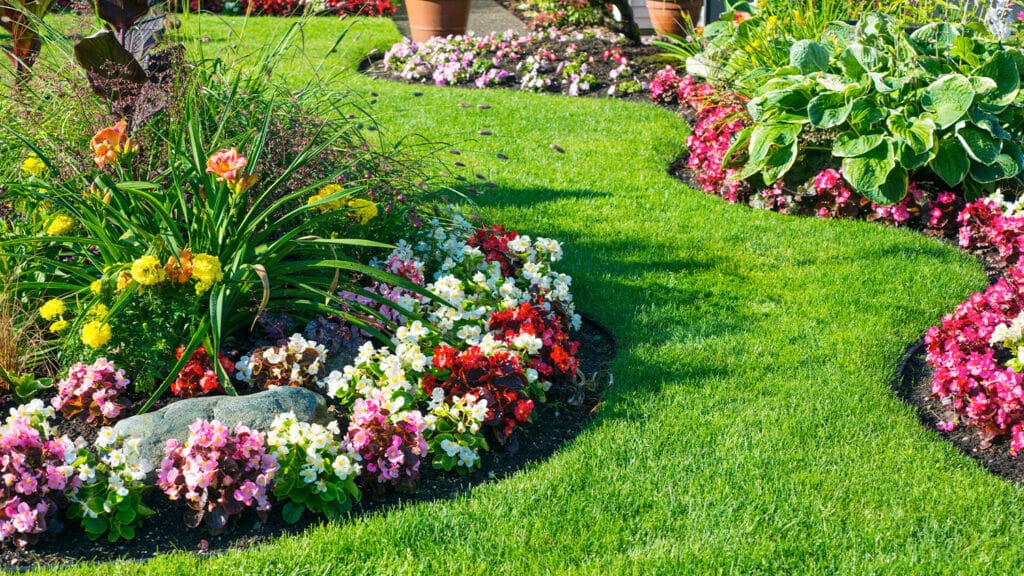Designing ‘Lived-In’ Gardens: Achieving a Mature Landscape Aesthetic in Austin
By Innovation Grounds
In the heart of Austin, where natural beauty and urban charm blend seamlessly, homeowners are increasingly turning to lived-in garden design to create welcoming, timeless outdoor spaces. The concept of a “lived-in” garden refers to a landscape that feels established, cozy, and effortlessly stylish—much like a space that’s been cultivated over years, even if it’s only just being designed. Achieving this aesthetic in Austin’s unique climate and culture presents both challenges and opportunities. Let’s explore how you can design a mature landscape in Austin and incorporate vintage garden aesthetics for an unforgettable outdoor experience.
What Is a ‘Lived-In’ Garden Design?
A lived-in garden design is one that feels organic, weathered, and filled with character. It’s a garden that doesn’t appear newly planted or overly manicured but instead feels as though it’s been loved and nurtured for years. The key to creating this aesthetic is balance—bringing together elements of established growth, natural beauty, and rustic charm to give the garden a sense of time and place.
In Austin, where the weather can fluctuate between intense heat and cool, rainy spells, designing a mature landscape requires thoughtful selection of plants and materials that thrive in the local environment. A lived-in garden doesn’t just look good—it’s functional, sustainable, and able to withstand the unpredictable Texas climate.

Elements of a Mature Landscape in Austin
Achieving a mature landscape Austin design involves more than simply selecting mature plants. It requires creating a cohesive outdoor space that reflects the region’s natural beauty. Here are a few elements to consider when designing your lived-in garden:
Native Plants: Native plants are the backbone of any mature landscape Austin. They’re adapted to the local climate and soil, making them more resilient and low-maintenance. Some popular choices include Texas sage, blackfoot daisy, and red yucca. Incorporating these into your design creates an authentic and sustainable garden that evolves with time.
Layered Planting: To achieve the fullness and depth associated with a mature landscape, use a layered planting strategy. Combine tall trees, shrubs, and groundcovers to create varying levels of interest. Trees like live oaks or cedar elms, which are common in Austin, provide shade and structure, while smaller shrubs and flowering perennials add color and texture.
Hardscaping: Vintage garden aesthetics often involve the use of reclaimed or weathered materials. Think old stone pathways, rusted iron gates, or reclaimed wood for fencing. These materials blend beautifully with plants and give the space an established, lived-in feel. For example, a winding gravel path through a garden mimics the natural flow of time and usage, adding to the aged look.
Natural Patina: Over time, elements in the garden naturally gain patina—like moss-covered rocks or weathered metal sculptures. Rather than opting for shiny, new finishes, let your materials age gracefully to add to the garden’s mature, lived-in look.
Relaxed, Unstructured Layout: A lived-in garden often has a more informal, natural design. Instead of strict geometric layouts, allow your garden to evolve organically. Curved lines, uneven edges, and areas of wild growth create an inviting atmosphere that feels like it’s always been there. Introduce secret nooks or meandering paths for discovery, making the garden feel like a sanctuary.

Embracing Vintage Garden Aesthetics
Vintage garden aesthetics are all about creating a timeless, nostalgic atmosphere. In Austin, this can be achieved by incorporating vintage garden accessories such as antique planters, wrought iron benches, or reclaimed wood arbors. These elements tell a story and evoke a sense of history. Whether it’s a weathered birdbath or a repurposed garden tool, these pieces add charm and personality to any mature landscape Austin design.
In addition to accessories, you can create a vintage vibe by choosing plant varieties that have stood the test of time. For example, heirloom roses, antique lavenders, or even century-old trees can contribute to the vintage feel while blending seamlessly with the rest of your garden.

Final Thoughts
Designing a lived-in garden in Austin is about more than just aesthetics—it’s about creating a space that feels authentic, timeless, and in harmony with the environment. By incorporating native plants, reclaimed materials, and vintage garden aesthetics, you can transform your outdoor space into a mature landscape that evolves and grows more beautiful with time. Whether you’re designing a cozy backyard retreat or an expansive garden, a lived-in garden design will give your Austin landscape the warmth and charm that’s so beloved in this vibrant city.
Embrace the beauty of a garden that feels like it has a history, and let nature and design work together to create a space that truly feels like home.



